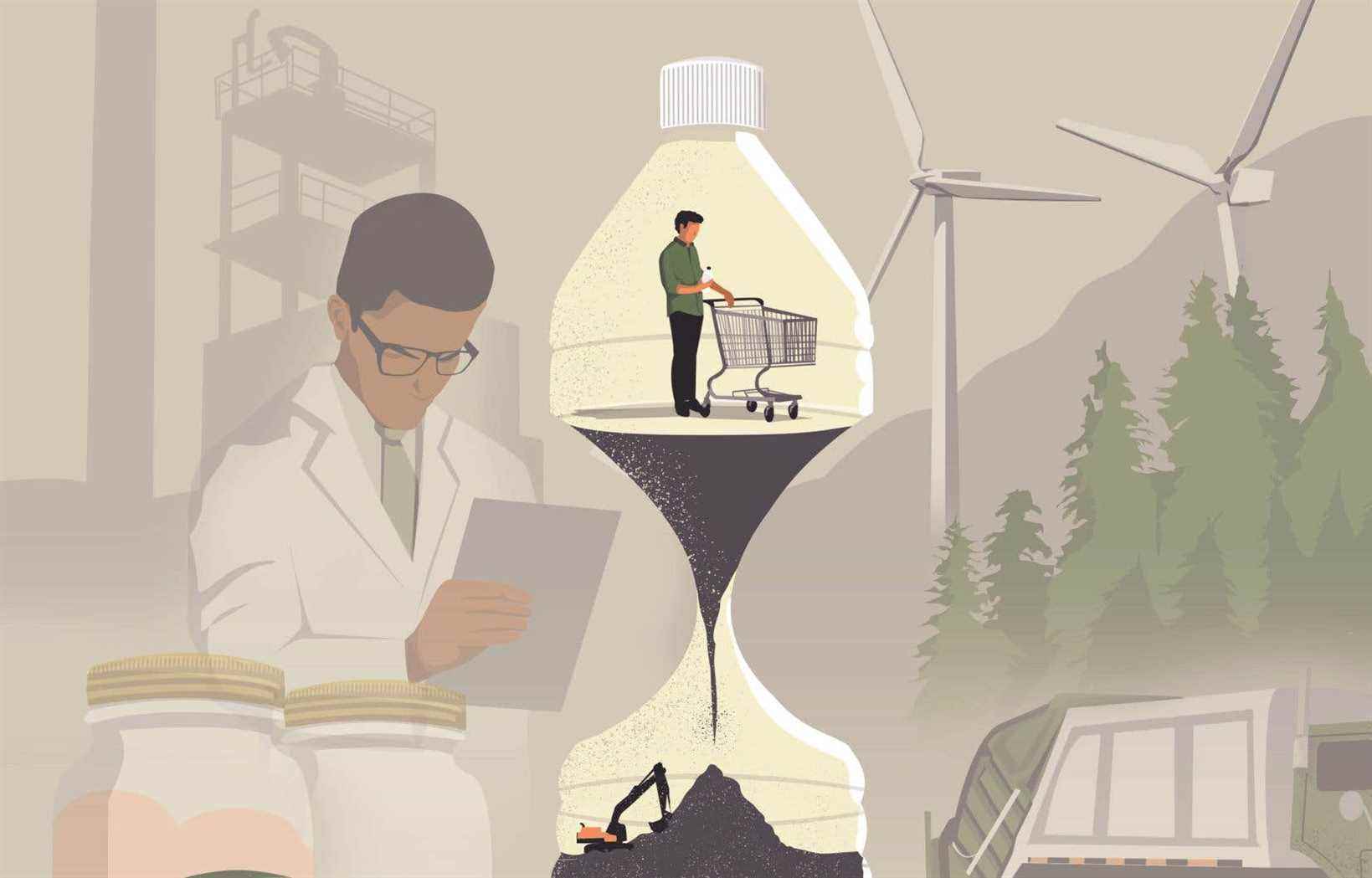This text is part of the special section 20 years of CIRAIG
Calculating whether one product, process, or service is more sustainable than another is a process that is rarely black or white. While we hear more and more about carbon neutrality, experts agree that the road to get there is much more complex than politicians sometimes suggest. A look at the factors surrounding the measurement of sustainable development.
“If I can sum up sustainability, it is a collective way of life that allows people to live within the limits of what the environment and the ecosystem can support”, explains from the outset the full professor of Polytechnique Montréal Manuele Margni, who also works at the International Reference Center on the Life Cycle of Products, Processes and Services (CIRAIG).
The first ecological definition of sustainability dates back to 1987. It was drawn up as part of the Brundtland report by the United Nations World Commission on Environment and Development. For its part, the CIRAIG team, which brings together the expertise of Polytechnique Montreal and the University of Quebec at Montreal, has been working for 20 years now to calculate measures and metrics of sustainability using various tools.
“For us, sustainability means ensuring that a process, a process, a service, an action does not transfer an impact to another and also that the environmental impacts of the latter are as low as possible” , adds the Director General of CIRAIG, also a professor at Polytechnique, Réjean Samson. He specifies that the metrics used to calculate the impacts are numerous, whether it is ecotoxicity, the production of greenhouse gases (GHG), the influence on climate change or the extraction of materials.
The life cycle of a product
One of the frequently used tools for measuring sustainability is Life Cycle Assessment (LCA).
“It is a method which makes it possible to assess the potential environmental and social impacts and the costs associated with all stages in the life of a product, that is to say from the extraction of raw materials to disposal or recycling, including the treatment of materials, manufacture, distribution, use, repair and maintenance ”, can be read on the website of CIRAIG.
“When we say that everything is included, that is really it. We look at all the material, if there is CO2, lithium, cobalt, we look at the hundreds of chemical components, the energies, the water, everything that is consumed by the factories, all the transport operations to get to the user. It’s very technical and, at the end of an analysis, we have a huge information matrix that contains everything that goes into matter, for example in the production of a cell phone, and everything that comes out in the environment at the various stages of the telephone’s life, including the way in which it is disposed of when it is at the end of its life ”, illustrates Professor Samson.
Manuele Margni compares the LCA method to environmental accounting; “We calculate the environmental cost of a product”. In this way, it is possible to compare goods or services and be able to assess which one is better for the environment.
“We want to make sure that we compare two products in an equivalent way. When we are able to do this environmental accounting, we can say whether product A is better than product B, ”he summarizes.
This is rarely all white or all black, however, and more and more metrics can be added to the LCA calculation. Several researchers now include social impacts in their analyzes, such as wage conditions where certain products are manufactured.
And we must also take into account the functionality matrices.
“Suppose the products to be analyzed are vaccines against COVID-19: we cannot ignore their function, which is essential, since it is a question of preventing a disease. The idea here is to separate the utility and the impact of a product or service. It is always an assessment like this that we have to make to reach a decision, ”says Réjean Samson.
For governments and science to work upstream
Mr. Samson believes that there are still many uncertainties about our “dream” of becoming a carbon neutral society by 2050. “When we talk about carbon neutrality, we are talking about trajectory. Are we really going to achieve convincing results with this trajectory? That remains to be seen, but we also have to make sure that we don’t cause more problems than we solve. We can easily embark on carbon neutral actions and manage to make choices that are not optimal, ”he explains.
He calls on companies and governments to have studies such as LCA carried out before launching projects. “Often, we receive mandates when everything has already been decided. The big problem is that people have a perception of what is sustainable and what is not, but they do not have a real knowledge of all the issues, ”he underlines. .
In this coming transition, the two experts agree that we cannot move towards carbon neutrality at the global level without having a real reflection on how to do it.
“We don’t have time to make bad decisions anymore,” says Samson.
Uncertain future
“We often forget that we are part of an ecosystem and that, to live, we need all the services that this ecosystem provides us. If we continue to ignore the environment, there will come a time when these services will be reduced and we will have to ask ourselves the question of how we are going to meet our needs without the resources that the environment provides us. », Manuele Margni recalls.
Réjean Samson also believes that several sustainability issues lie in the complexity of these.
“We don’t always know how the planet will react exactly, or how things will turn out. One change in one place invariably leads to another change elsewhere. All of this is very complex, which is why it is difficult to give a black or white opinion, ”he concludes.
